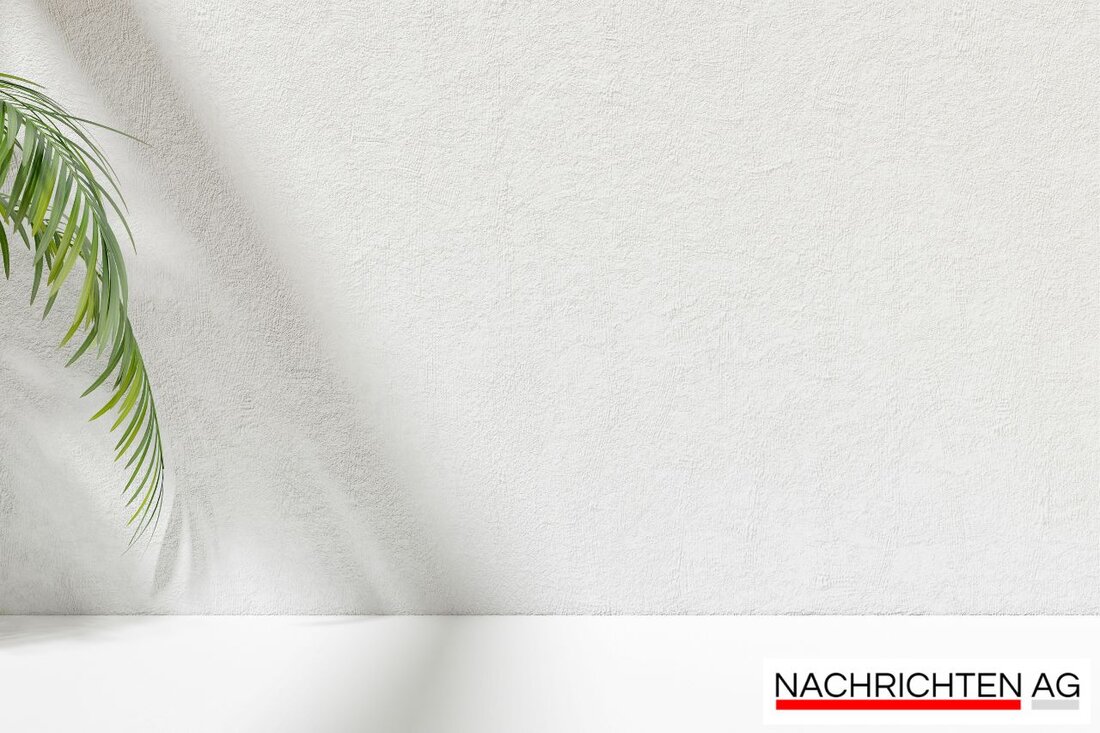Koala lady Mandie conquers Dresden: First meeting with Mullaya!
Koala lady Mandie from Leipzig Zoo is temporarily in Dresden to mate with male koala Mullaya.

Koala lady Mandie conquers Dresden: First meeting with Mullaya!
There has recently been a very special new addition to the Dresden Zoo: the eight-year-old koala lady Mandie has traveled from the Leipzig Zoo to Dresden. She was sent as part of the European Endangered Species Program (EEP), which aims to preserve and reproduce endangered species in human care. Mandie has already shown with her cub Bouddi that she has what it takes to be a mother, and now she is to be paired with the male koala Mullaya.
Their move went smoothly, thanks to the strong commitment of a trusted zookeeper who accompanied them directly to Dresden. Mandie quickly settled in here and lives in a quiet area at the back of the koala house. The first encounters between Mandie and Mullaya have raised hopes of a successful mating, as both animals are already interested in each other.
Pairing with future potential
Mandie will stay in Dresden for the next four weeks. It remains to be seen whether the two koalas will find each other during this time. Experts expect that the first signs of pregnancy will not be noticeable until three to four months at the earliest. The success of these measures could make a valuable contribution not only to Mandie and Mullaya, but to the species as a whole, including in terms of the conservation of the animals in captivity.
Koalas are fascinating animals: they spend seventeen to twenty hours of the day sleeping or resting and are primarily active at dusk. During this time they are busy enjoying their special diet of persistent eucalyptus leaves. They need up to 30 kilograms of eucalyptus every week, which is provided by Garten- und Landschaftsbau Schilling GmbH for Leipzig Zoo and for Mandie.
Insights into the koala world
Although they are often incorrectly referred to as bears, koalas are actually related to kangaroos. This unique lineage makes the species particularly worthy of protection. Koalas are very picky and only eat around five percent of the food offered. Keeping these special animals is expensive and is subject to strict regulations, as all koalas in European and American zoos are owned by Australia.
The Koala Rescuer combines the desire to preserve and protect animals in captivity with the need to give the public access to these extraordinary creatures. The partnership between the zoos not only strengthens genetic diversity, but also ensures that awareness is raised about protecting these animals. And maybe Mandie will soon be able to take the next step in her journey to becoming a mom. We can stay excited!

 Suche
Suche
 Mein Konto
Mein Konto